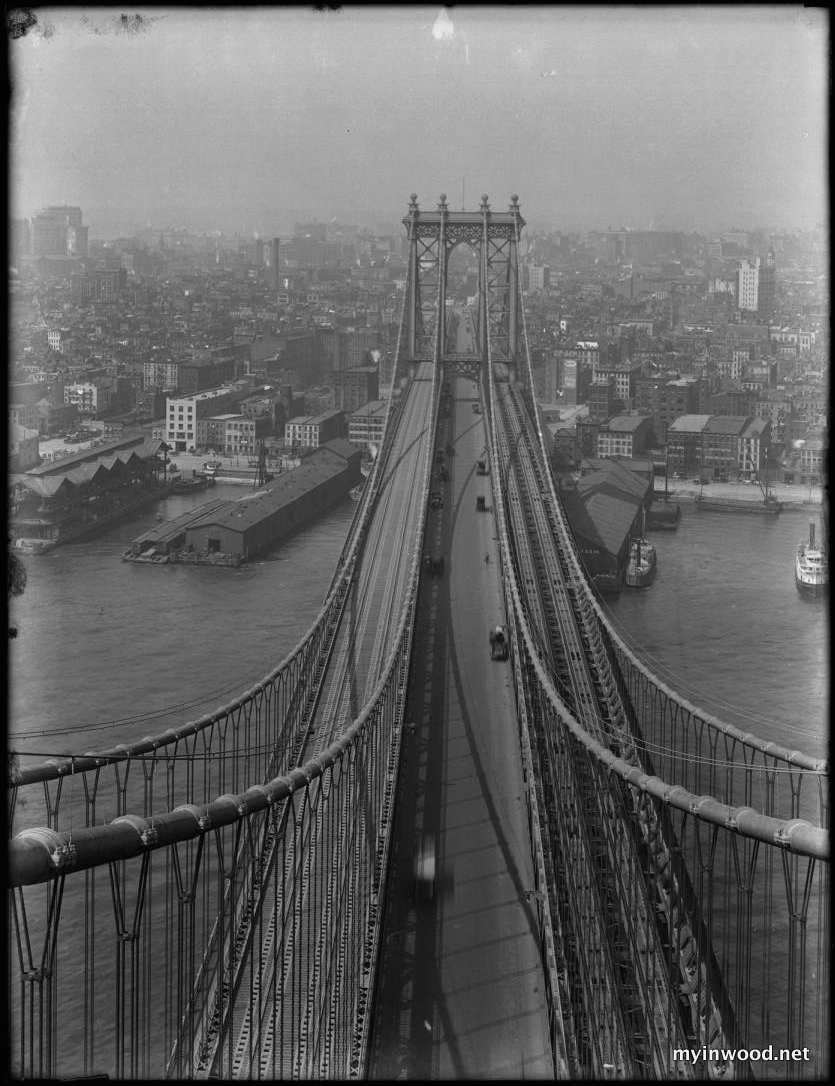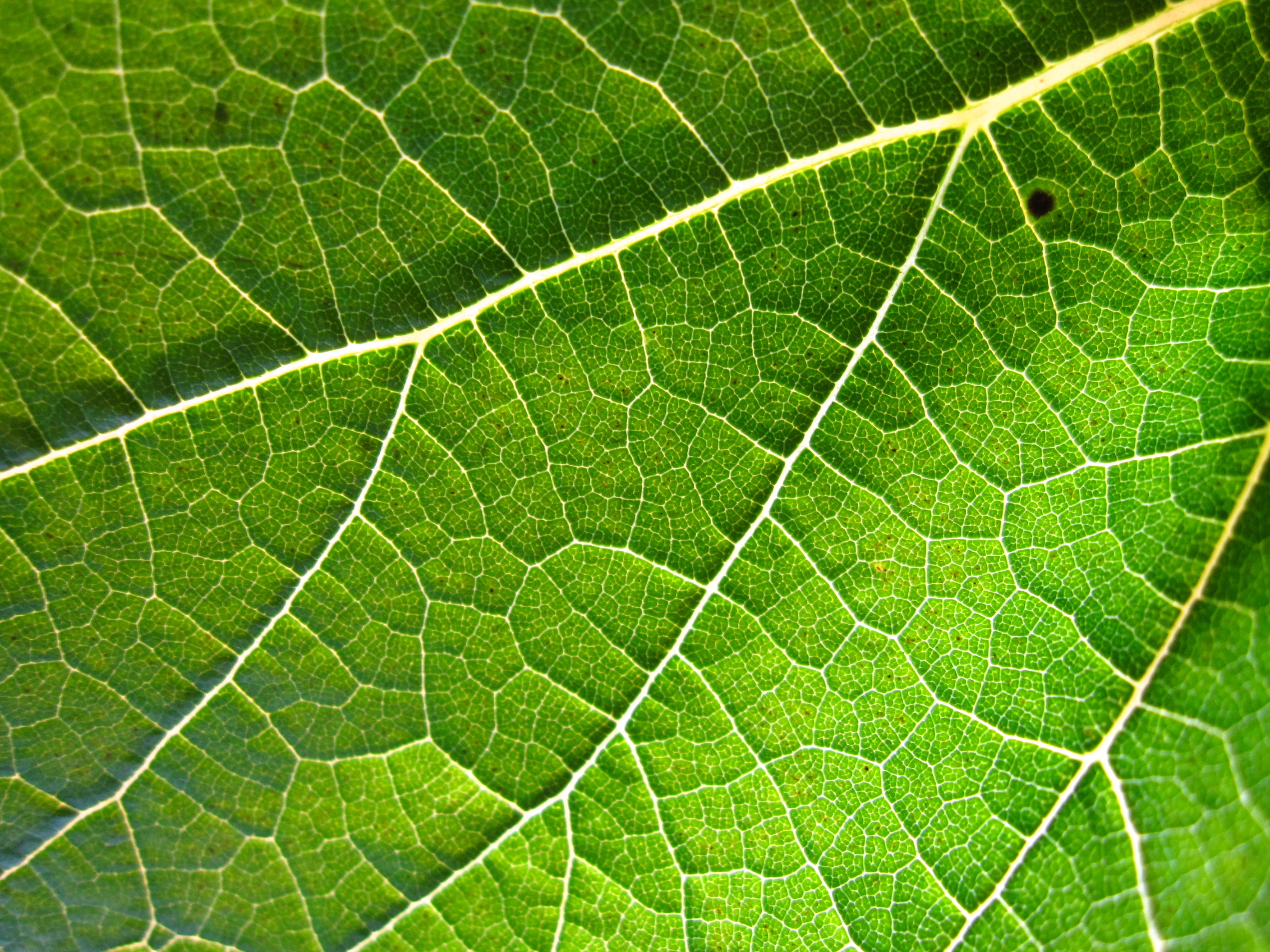1. Exposure is one of the many factors to take into consideration when taking a photo. Adjusting the level of exposure adjusts the amount of light that will be shown on the photograph. For example, in lower light settings, a photographer will set the exposure level to accommodate for the low light, allowing more light into the photograph. The converse of this would be in situations with lots of light, the photographer would set the exposure level to a lower setting, to allow for a clearer photograph.
Focus is how the camera makes the image blurry or clear, by using varying the angle at which light hits the lens. This changes what in the image is sharper, and what in the image is blurrier. The farther away that the subject is from the lens, the more difference between the subject and the foreground there will be. For example, a person 50m away from the photographer will be sharper than a brick wall 100m behind the person if the photographer focuses the camera on the person.

A comparison between different levels of exposure
 |
| The photographer has focused the camera on the bicycle in the foreground, making the background blurry in comparison |
2. Auto - The camera overrides all settings, changing the settings for a generally optimal photograph. If you want to change some settings, but have the camera mode largely the same, use Program mode (P)
Portrait - The camera automatically blurs the background of the shot, biasing the focus towards the closest subject, rather than striking a balance between the two.
Landscape - The camera captures a balance between the foreground and the background, resulting in a high-resolution, polished shot.














